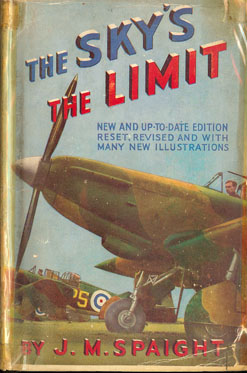The widening margin
Some more plots from the talk I gave the other way. I was trying to think of a way to illustrate in concrete terms the problem of speed for the air defence of Britain. I came up with the following: Simply put, it shows the length of time it would have taken for an attacking […]


